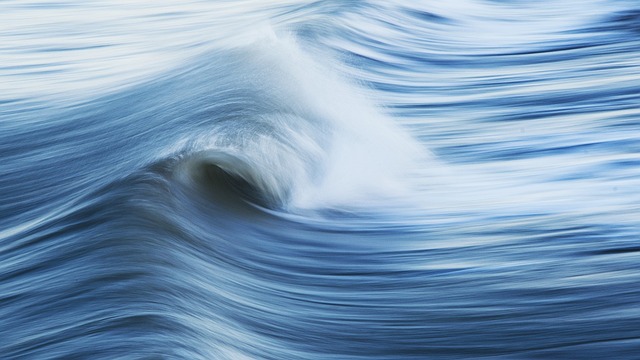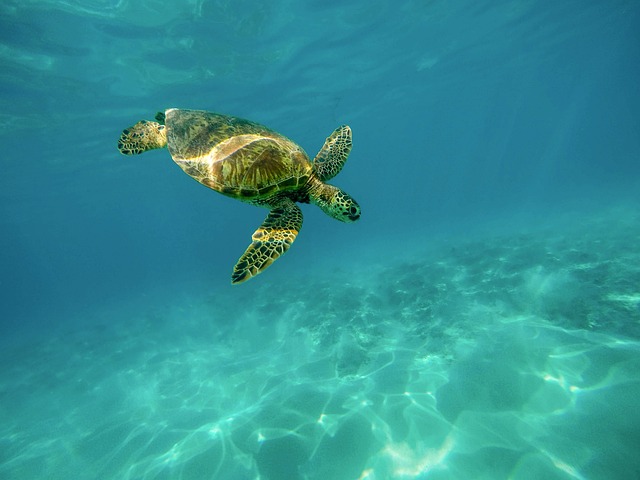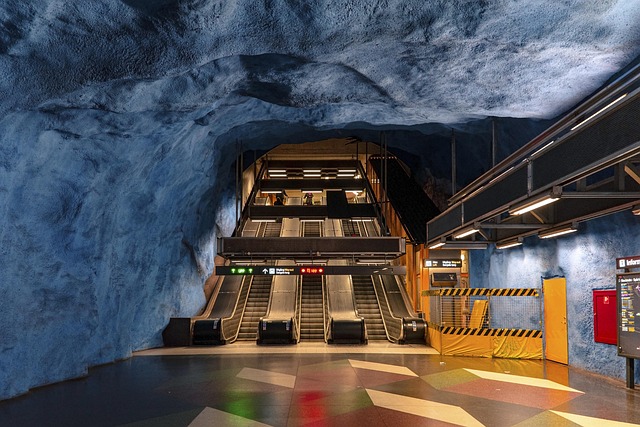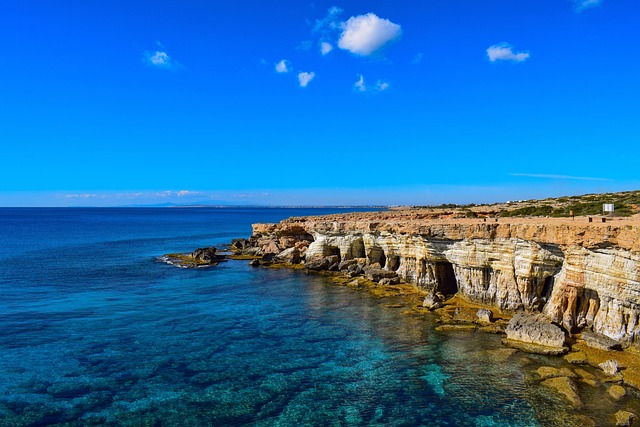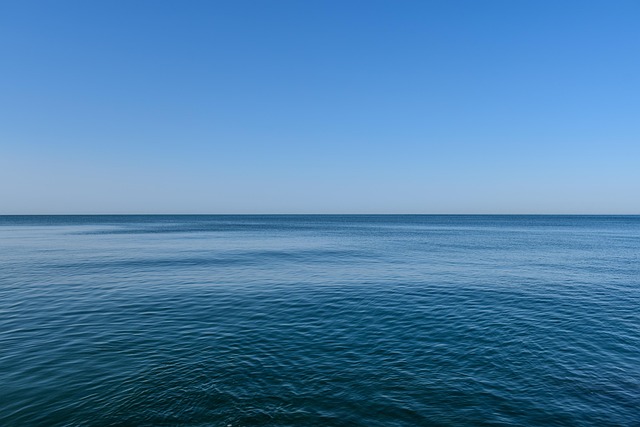The Sea Lion Caves, a natural wonder along a rugged coast, showcase millennia of geological carving by waves and winds, forming unique stalactites, stalagmites, and rock patterns. These caves' complex geology serves as a testament to land-sea interactions, providing habitat for diverse marine life, including sea lions. Exploring them offers stunning vistas and insight into the delicate ecosystem, while their unique geology makes them a crucial conservation zone for marine species.
Discover the enchanting Sea Lion Caves, a unique natural wonder where breathtaking landscapes and marine life intertwine. This article explores the geological marvels that shaped this haven, delving into the diverse ecosystem that makes it a crucial conservation zone. From the caves’ intricate formations to their role in protecting rare sea lion species, we uncover why preserving this environment is paramount. Join us as we navigate the wonders of Sea Lion Caves and its fascinating geology.
- Exploring Sea Lion Caves' Natural Wonders
- The Geology That Shaped This Haven
- Conserving Marine Life in a Unique Environment
Exploring Sea Lion Caves' Natural Wonders

Sea Lion Caves, a natural wonder nestled along the rugged coast, offers visitors a chance to explore an extraordinary geological landscape. The caves, carved over millennia by waves and winds, showcase the raw beauty of nature’s craftsmanship. Their intricate formations, ranging from towering stalactites and stalagmites to complex rock patterns, are a marvel to behold.
The Sea Lion Caves’ geology is a living testament to the dynamic interplay between land and sea. The caves’ unique features provide habitat and shelter for diverse marine life, including the caves’ namesake residents—sea lions. Exploring these natural wonders not only offers breathtaking vistas but also fosters an appreciation for the delicate balance that sustains this thriving ecosystem.
The Geology That Shaped This Haven
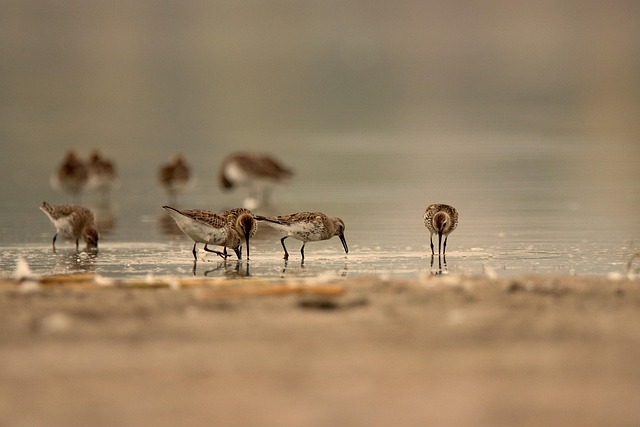
The dramatic landscape of Sea Lion Caves is a direct result of millions of years of geological processes. This unique haven for sea lions and other marine life was shaped by tectonic forces, erosion, and coastal dynamics. The area’s rugged cliffs and caverns were carved from ancient rock formations, primarily composed of sedimentary and igneous materials. Over time, the relentless pounding of waves and strong ocean currents further sculpted these geological wonders.
The intricate network of caves provides a sanctuary for various species, offering protection from predators and extreme weather. The geology of Sea Lion Caves is not just visually stunning but also plays a crucial role in maintaining a thriving ecosystem. This natural laboratory allows scientists to study the interplay between geography and biodiversity, contributing to our understanding of marine conservation efforts.
Conserving Marine Life in a Unique Environment
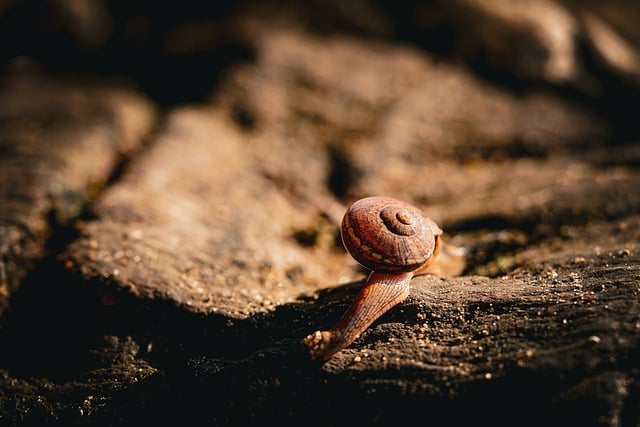
Sea Lion Caves, with its unique geological formation, presents a special challenge for wildlife conservation. The caves, carved out by the relentless waves and winds, offer a critical habitat for various marine species, including sea lions. This delicate ecosystem is susceptible to human impact and environmental changes.
Efforts to conserve marine life here focus on protecting the cave’s natural environment and managing visitor impact. The diverse geology of Sea Lion Caves provides diverse microhabitats, from rocky ledges to hidden crevices, each supporting unique organisms. By maintaining the caves’ integrity, conservationists ensure these habitats remain viable for sea lions and other marine residents, fostering a thriving ecosystem within this remarkable geological wonder.









